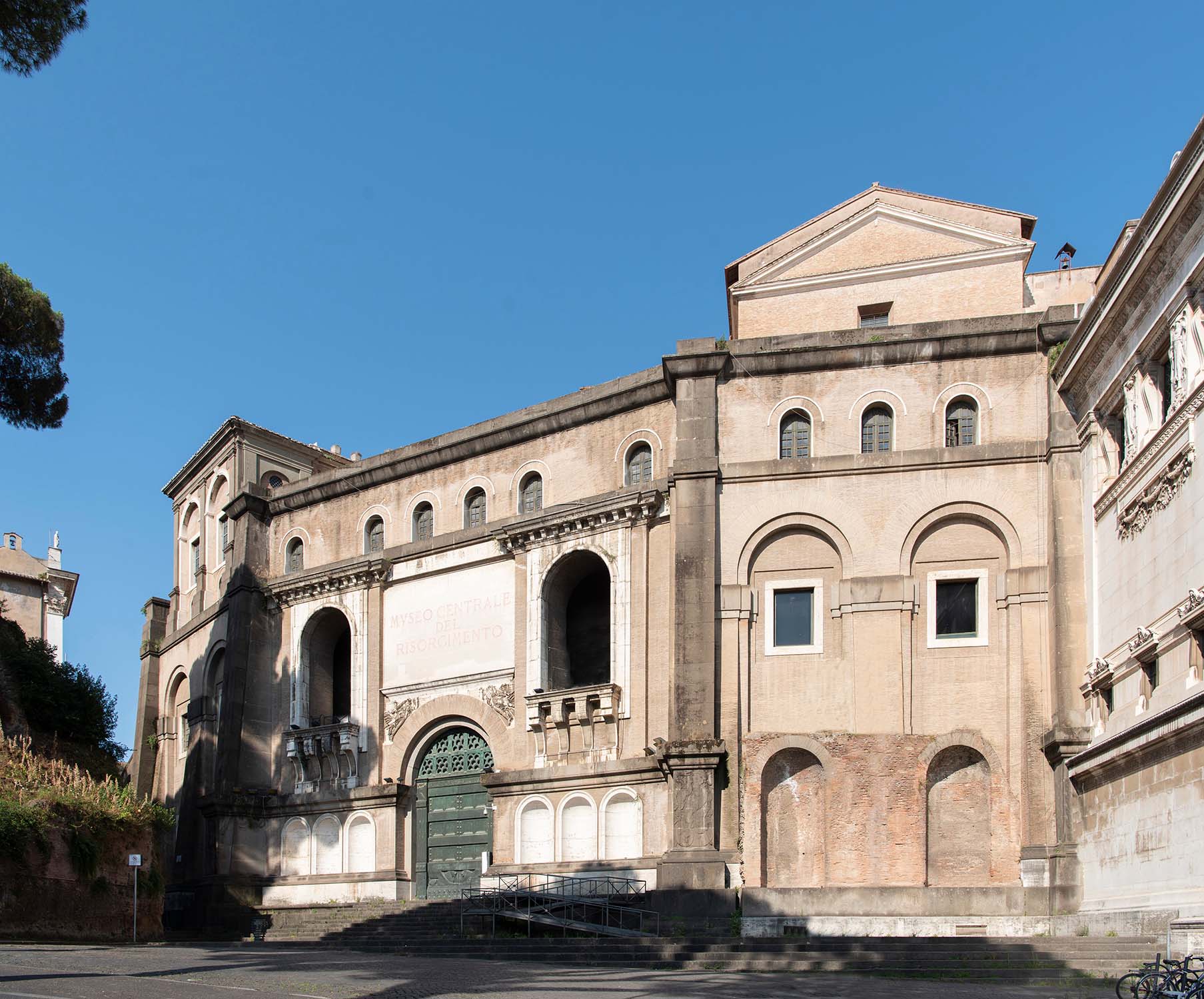The need for space for the museum leads to the construction of a new exhibition wing towards the Imperial Forums
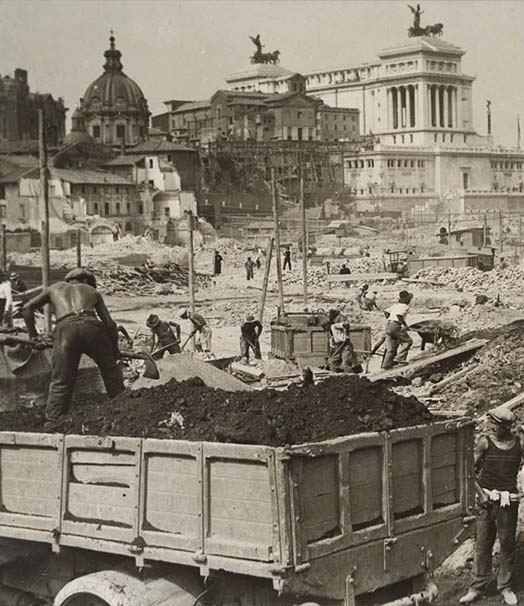
Since the time of Giuseppe Sacconi, everybody expected that the future Museum of the Risorgimento would be set up in the covered spaces of the Vittoriano. The inclusion of the Tomb of the Unknown Soldier in 1921 in the Altar of the Fatherland and even more the need to exhibit the new materials related to the First World War caused problems for this intention. It was necessary to think about a new location and above all to add new exhibition spaces.
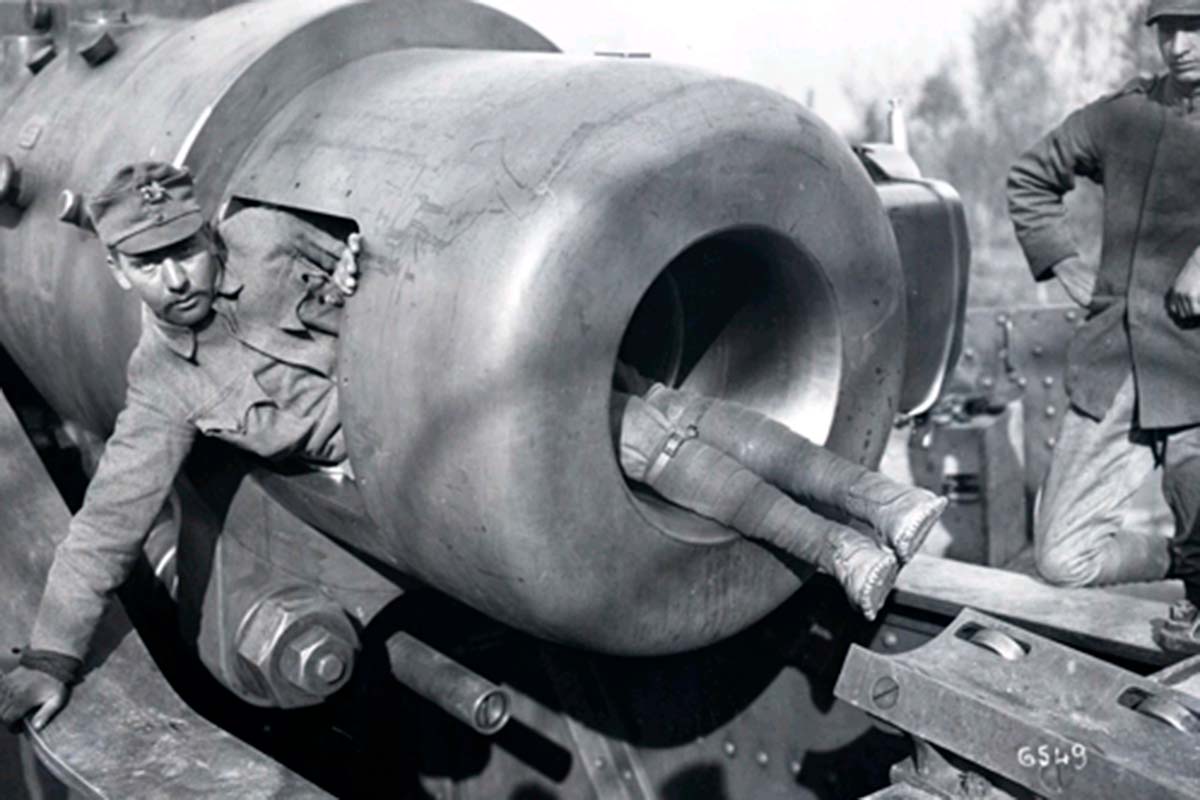
World War I in photographs from the time, at the Central Museum of the Risorgimento
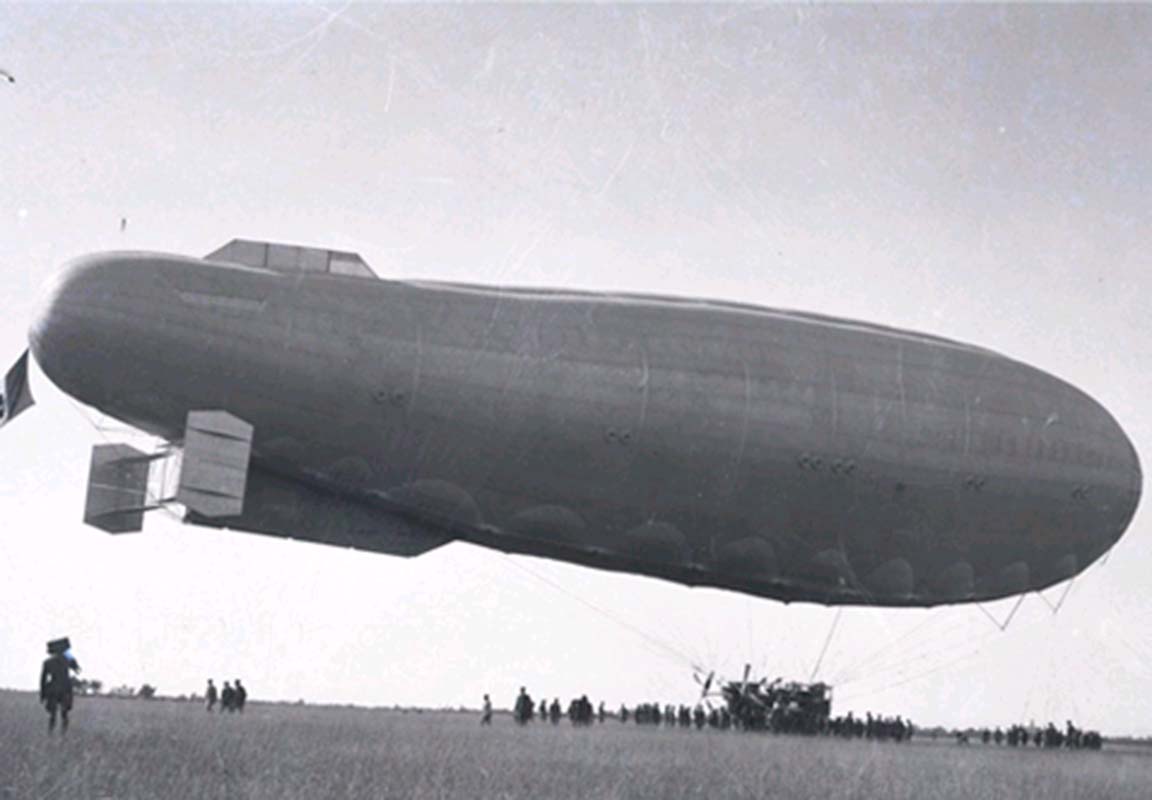
Already in 1922-1923, architects Manfredo Manfredi (1859-1927) and Pio Piacentini (1846-1928) designed a new exhibition wing on the eastern side of the Vittoriano along today’s Via dei Fori Imperiali. The design of this new wing, to be allocated to the Museum of the Risorgimento, underwent a series of profound changes with the advent of Armando Brasini (1879-1965), artistic director of the Vittoriano from 1924 to 1939.
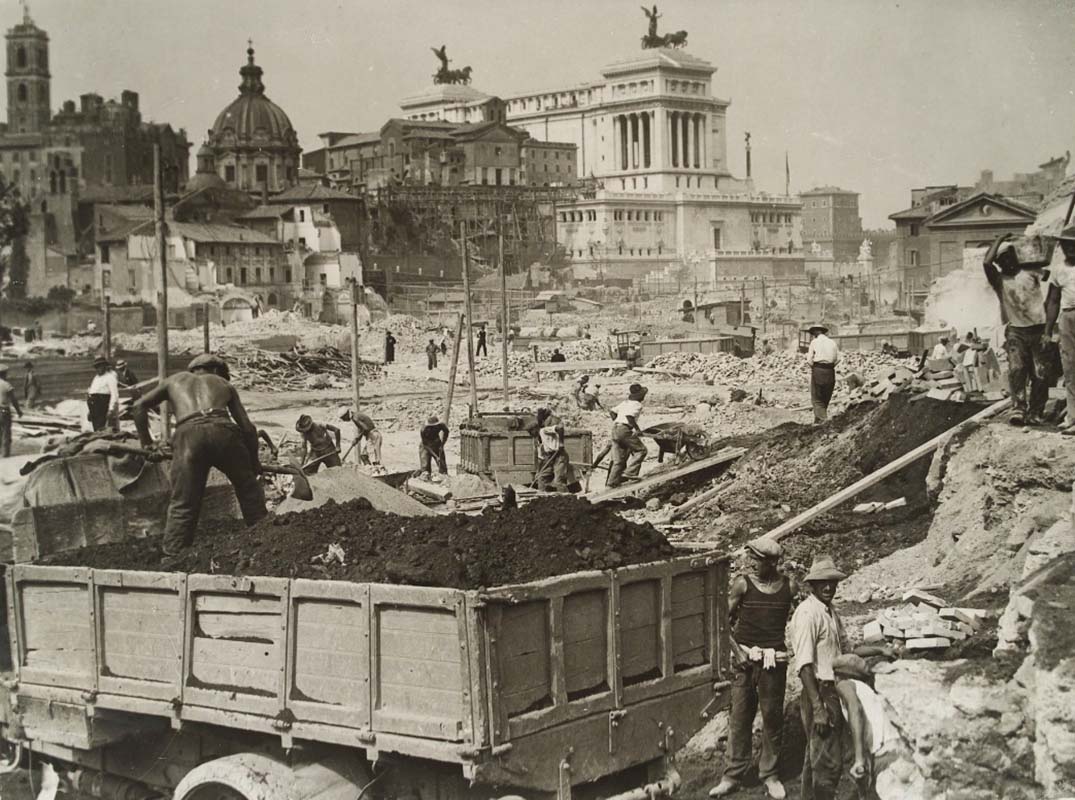
The Imperial Fora during demolition and construction. In the background, the eastern side of the Vittoriano (the Brasini Wing), also under construction, in a photograph taken 23 September 1932
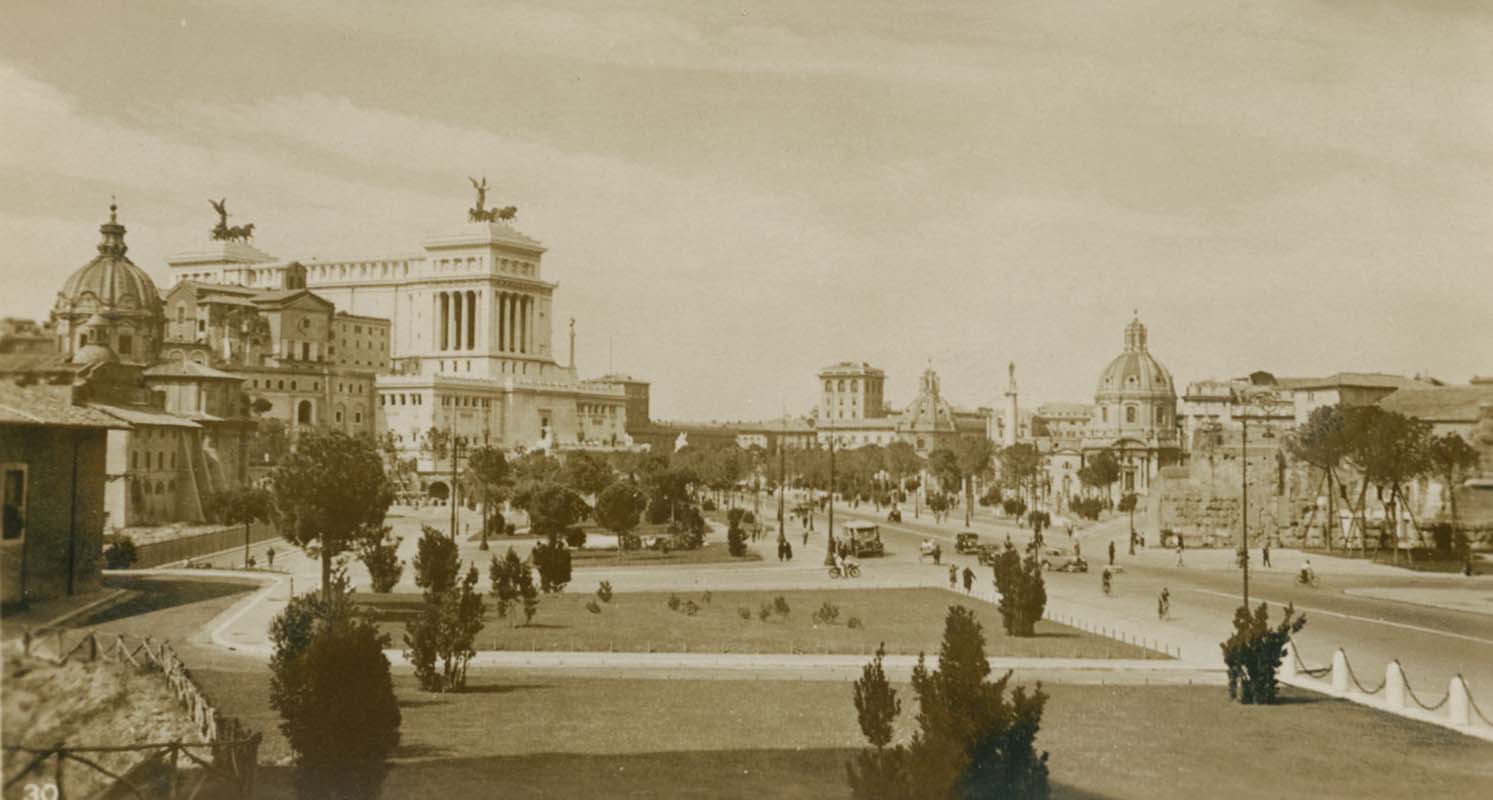
The Vittoriano from Via dei Fori Imperiali in the late 1930s
In 1934 the Museum, now the Central Museum of the Risorgimento, was transferred to the National Society for the History of the Risorgimento. The Society, which had absorbed the functions of the suppressed National Committee, soon established itself in the Vittoriano and changed its name into the Institute for the History of the Italian Risorgimento. In 1935 Brasini, having overcome various difficulties, completed the work on the new wing towards the Imperial Forums: however, the Museum’s inauguration would have to wait several years.
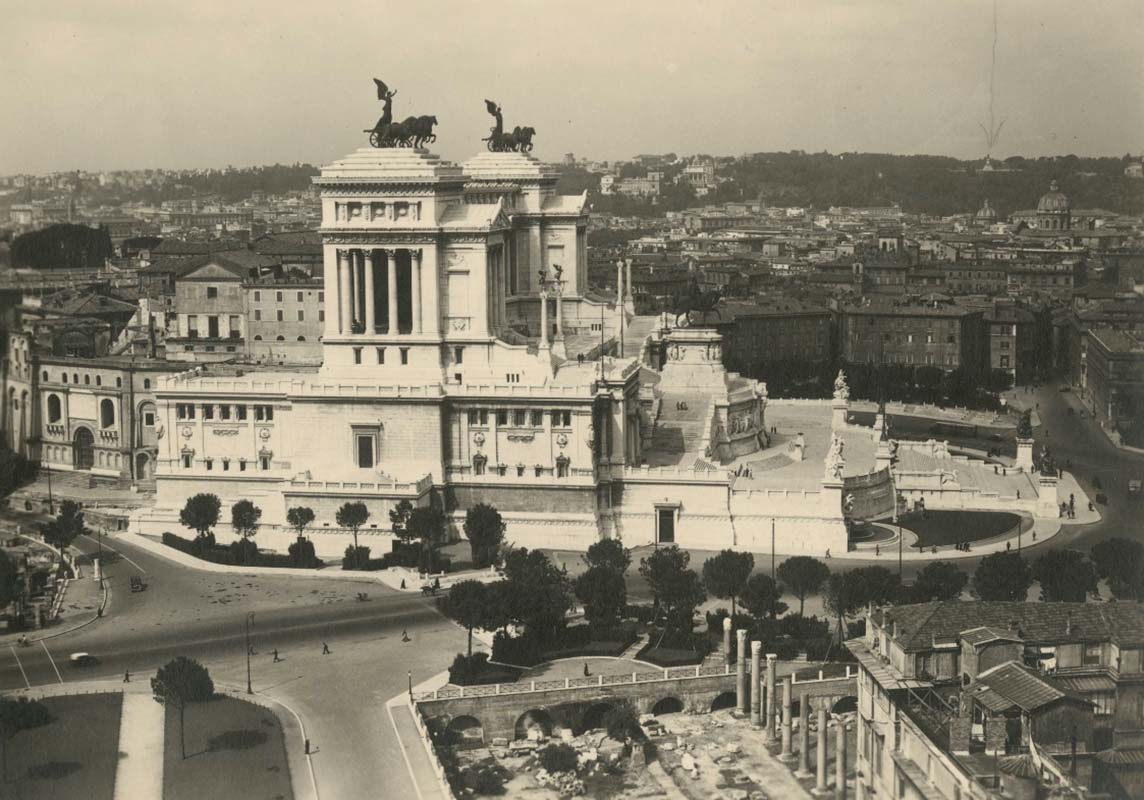
The eastern side of the Vittoriano, called the Brasini Wing, with the portico of the Convent of Ara Coeli transformed into the large façade of the Central Museum of the Risorgimento
